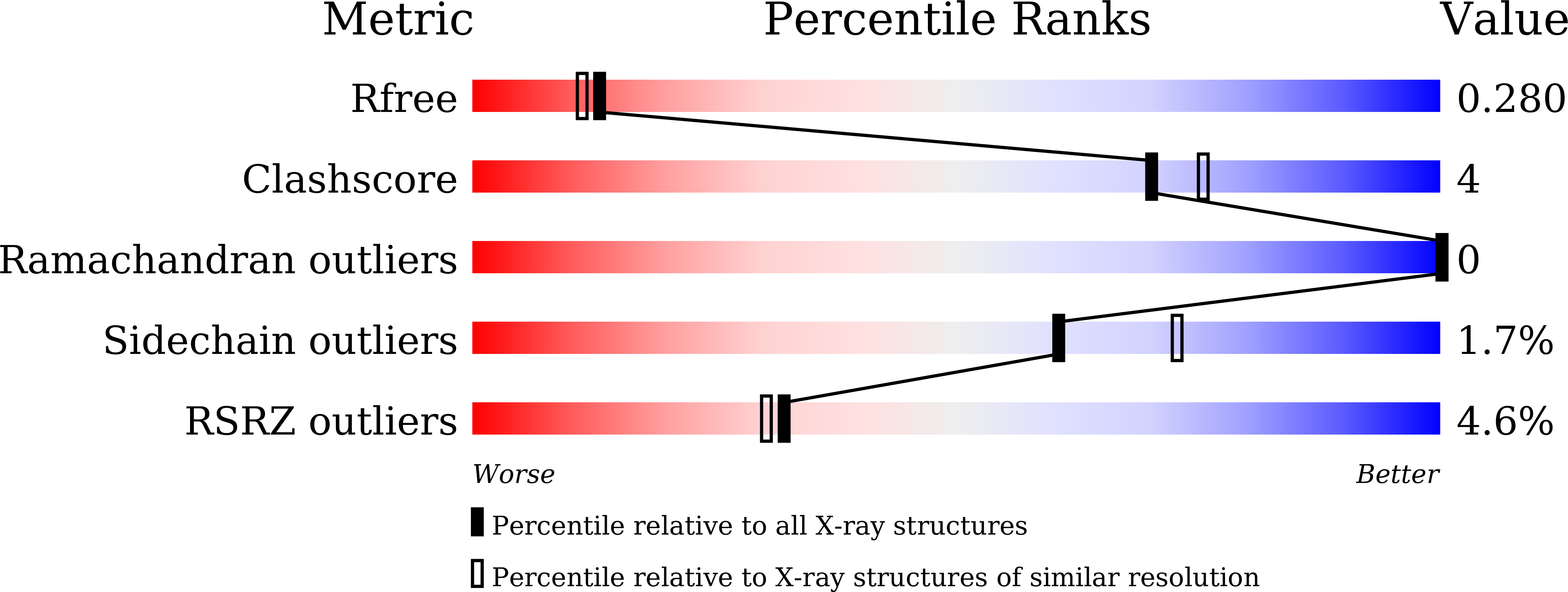
Deposition Date
2023-07-25
Release Date
2024-06-05
Last Version Date
2024-06-05
Entry Detail
PDB ID:
8K6C
Keywords:
Title:
Crystal structure of SARS-CoV-2 3CLpro M49K/S301P mutant
Biological Source:
Source Organism:
Host Organism:
Method Details:
Experimental Method:
Resolution:
2.21 Å
R-Value Free:
0.27
R-Value Work:
0.22
R-Value Observed:
0.23
Space Group:
P 1 21 1


